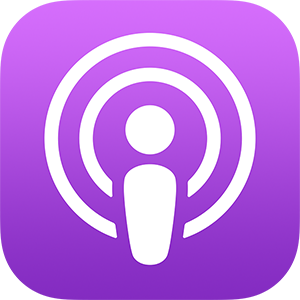Four months ago, Eric Weisbrod and his team at CNN launched a global town hall to share important information around the global coronavirus pandemic. At the time Weisbrod, CNN’s Director of Social TV, said it started as potentially a one-time thing.
“This is a story that affects everyone,” said Weisbrod. “Everyone is talking about it on social. We wanted that to be a part of it. How do we incorporate conversations and questions that everyone in the world is asking about this, into the show?”
Fast forward to present day and the Thursday-night special featuring Anderson Cooper and Dr. Sanjay Gupta has become a weekly primetime staple. It’s gone from a studio special with a live audience, to a semi-remote operation, with key aspects like on-screen social integration produced from home. They’ve received more than 90,000 questions from viewers around the world.
In this episode of #Storyteller, Eric walks through how CNN has involved the viewer in its coverage of COVID-19, what they learned transitioning to remote production, and how they’re targeting millennial & Gen Z audiences ahead of Election 2020.
On the evolution of social media at CNN:
When it started it was thought of as a way to promote things. Push the tune in. Get people to either go to the website or watch TV. It wasn’t really about those platforms on their own. That was really the evolution of when those became platforms on their own where people get news. So now you talk to people, where do you get your news? Pretty much most people are going to tell you they go to social…
Now we really don’t have any expectations that the people that view our content on social are really going to ever go to our website or watch on TV. So we just want to present news and important information to them in the best way that really works for them on whatever that platform is.
On tailoring content for each medium:
People watch things very differently on TV than they consume it on social. Whether it’s cropping it square, adding subtitles, presenting it in a different way. And then beyond that, thinking about content that is native to those platforms…
Twitter I’d say is really connected, in a way, to real time and to breaking news. It’s a big platform that goes along with TV viewing. We think about that as these are people who may have their TV on in the background. They’re keeping up with what’s happening. Immediacy is very big on Twitter. Getting things out fast, expecting reactions as people are gathering to have a conversation about something that’s happening now. So when we’re focusing on breaking news, Twitter is really an important platform for that. Facebook is really the giant that’s everything. Breaking news is big there, but also longer, deeper dives. We have a show called “Go There” which is a show exclusively produced for Facebook where we have episodes that are 10 minutes long. They really get deep into a single topic. We found that it works really well on Facebook. I’d say for Facebook as well as Instagram…we won’t hold back, if it’s important news it can go on these platforms, but we’re really thinking about buckets that tend to perform well there. Climate for example, is something that really resonates with audiences on Instagram.
On incorporating audience questions in COVID-19 coverage:
We were putting up questions that people had about coronavirus, and many of these questions were being answered in the show. Some of them were being specifically referred to. But we wanted to do more than just show questions, even though a lot of these topics were being answered within the program. It was at that point that we discovered the feature with Tagboard that we could build custom graphics…My team really dove into this, working on these Q&A graphics where we take Tweets that have questions, we research the answers…and we wrote them in really concise banners on the screen. And we’re still doing that. I think that’s a really effective way of giving people sort of supplemental information as they watch, not to mention it really helped us with engagement on social. We are often a trending topic on Twitter during the program.
Subscribe to #Storyteller wherever you like to listen:
